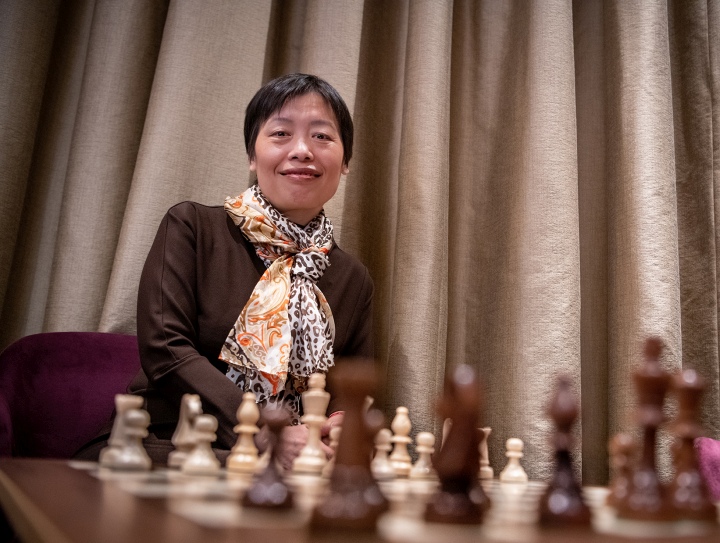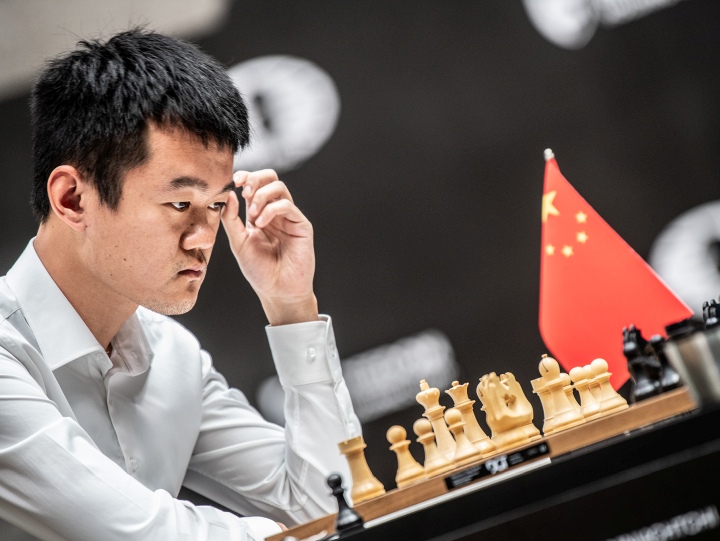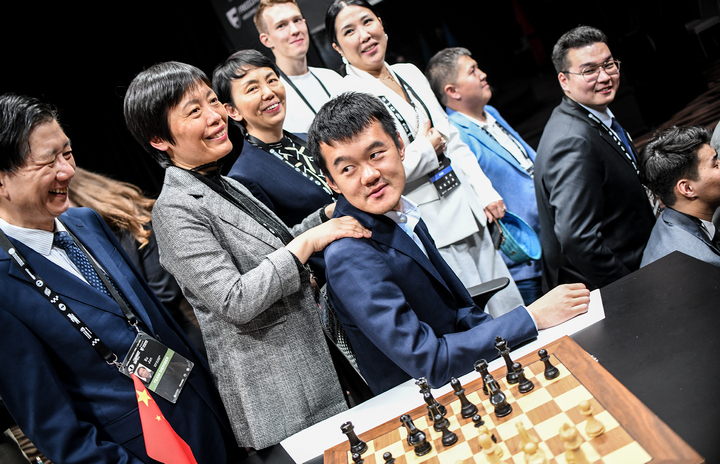China’s ascent as a global chess powerhouse has been nothing short of extraordinary. From its humble beginnings, China has now emerged as a dominant force in the chess world. The unfolding of China’s path to chess dominance is something which should be looked at carefully and studied
According to the June 2023 FIDE rating list, in the top 20 chess players in the world in the open section, China has two. However, in the women’s section, China has five players (with three of them occupying the top five positions). China currently ranks third in the countries’ average ratings for the top ten players, even though it has notably fewer Grandmasters than India, Ukraine or Germany, all of which are behind China. How did this happen?
In a culture where tradition, resourcefulness and taking a long view of life make up essential elements of identity – chess would seem like a natural choice for a national sport. Still, their own board games – Chinese chess and go – are most prominent in China. In fact, not until the start of the second part of the 20th century did chess begin to gain a foot in the country of the Red Dragon.
From Xiangqi to FIDE and Dato
Chess was initially not well received in China. Because of this, the game was first recognised as a small part of the huge Chinese Xiangqi Association in November 1962. With small chess projects in schools and national tournaments, as well as four friendly matches with the Soviets (who did not send their top players), chess was making small steps. However, the game was pushed to the margins during the Cultural Revolution when it was included in the list of activities considered “decadent”. Still, it survived.
Fortune smiled on chess in China in the 1970s – with restrictions easing. A 1974 meeting in Kuala Lumpur, where raising the profile of chess in Asia was discussed, made China the focal point of the push. This effort involved not only providing more outside support for the game but also getting the Chinese authorities on board and getting more state support.
By 1975 the Chess Association of China officially joined FIDE, and Chinese players started participating in international events the following year.
A crucial role in the development of chess in the Country of the Red Dragon was played by Dato’ Tan Chin Nam, a chess philanthropist from Malaysia, who lit the torch that spread the chess flame across China and set it on a path to become a major world power on the 64-squared checkerboard.
From small steps to giant leaps
Having won second place in the 1977 Asian Championship, China announced its entrance to the chess world with confidence at the 1978 Chess Olympiad in Buenos Aires – the first chess Olympiad the country took part in. With an average ELO of 2273, the Chinese team first stunned Iceland (which had the later FIDE President Frederic Olafsson on board one) in the first round and also managed to hold to a draw the team of Netherlands, then featuring the now legendary players – Jan Timman, Gena Sosonko and Johannes Donner (who lost to a Chinese player in 20 moves!).
Then, gradually, successes came about: second place at the Asian Team Chess Championship in 1979, 1981, first gold in 1983, then again in 1987, 1989, and 1991. From 8th place at the 1984 Olympiad, China progressed to sixth place in 1990. In addition, Chinese players started winning numerous events across Asia and were making their presence felt globally. As chess progressed in China, the state warmed up and provided more support.

In the 2010s, China started making podiums in the chess team events – the women’s team won silver medals at the Olympiad in 2010, 2012, and 2014 while the men’s team won gold at the 2014 Olympiad and repeated that success in 2018 and the 2021 Olympiad (the last one being held online due to the COVID-19 pandemic at the time).
During all this time, state support for chess was increasing on the national and regional/local levels.
Somewhat surprisingly, the Chinese started making giant leaps in women’s chess.
In the 1980 Chess Olympiad, when the Chinese women’s team made their first appearance, they captivated the chess world by drawing with Olympic title holders from the USSR and finishing in sixth place ahead of the traditionally strong women’s teams from Yugoslavia and Bulgaria. The ascent of the women’s team in the chess realm continued, culminating in a remarkable tie for 3rd place at the 27th Chess Olympiad held in Dubai, UAE.

The Chinese women players officially asserted their chess dominance after the breakup of the USSR in 1991, when Xie Jun (pictured above) won the title she held until 1996, and again between 1999 to 2001. In 2010 another Chinese, Hou Yifan, won the crown, becoming the youngest Women’s World Champion. She defended the title three times (in 2011, 2013, 2016) and even today is ranked as the world’s number one woman player, despite retiring from active chess in 2019.
Her crown was taken over by another Chinese – Tan Zhongyi (2017-2018) and another, Ju Wenjun (as of 2018).
The parallel between Soviet and Chinese dominance in women’s chess is striking. Both share a foundation built on robust government support and a well-established system where seasoned players mentor emerging talents.
The resources and the hope
With players in the 2700+ club, featuring world champion Ding Liren, Yu Yangyi, Wang Hao (the winner of the inaugural Grand Swiss in 2019, the world’s strongest classical chess tournament ever) and Wei Yi, and several super strong GMs all in their 20s and 30s, China is a dominant chess power today.

The highest point (so far) in this Chinese chess march is the 2023 Ding Liren’s victory in the title match to determine the new World Champion in chess. Currently, China holds both the crowns in open and women’s chess – a unique success only achieved before by the Soviet Union.
As chess is becoming dominated by even younger players, the resources of young talent China has at its disposal are almost impossible to match by anyone, bar maybe India. Given the vast number of students that China can rely on, it comes as no surprise that these schools produce a multitude of exceptional players.
Ding Liren’s recent success has not only made him a hero in his own country but also given impetus to chess in a nation where tens of millions already play the game.

The forthcoming women’s match in China, played by two Chinese players, will be the first point where the country of the Red Dragon will show its new flare to the world. The hope is that there will be more chess events taking place in the Far East and that there will be more investment in the game.







